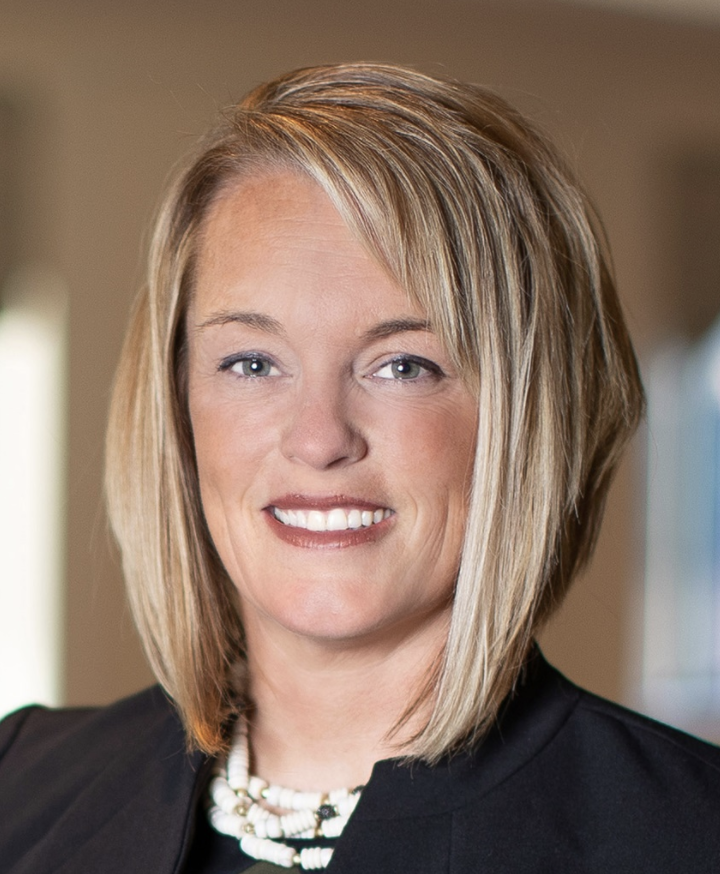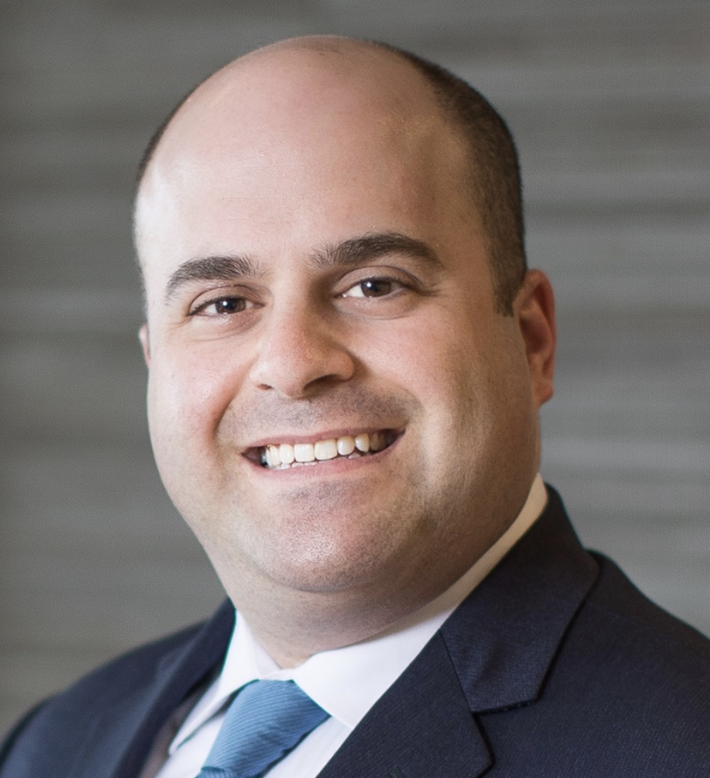McGuireWoods partners Amber McGraw Walsh, David J. Pivnick and Gretchen Heinze Townshend discuss policy and litigation trends that healthcare providers and investors will monitor in 2021. Walsh chairs the firm’s healthcare department, Pivnick is co-leader of the healthcare and life sciences industry team, and Townshend is a healthcare regulatory expert advising providers and investors alike.
CCBJ: Setting aside key litigation and risk management concerns for healthcare providers and investors, can you talk briefly about the current landscape of healthcare investing in light of the COVID-19 pandemic?
Amber Walsh: The strong interest in private equity, hospital and strategic buyer investment in healthcare that existed prior to the onset of the pandemic seems to have largely returned after a brief pause in the early months of the pandemic. It is true that we are starting to see more distressed asset investing in healthcare. And deals look different than they did pre-pandemic, and likely will for a while. Buyers and sellers are negotiating several unique deal pricings and other protective metrics to ensure that the seller gets the full credit for the historical business that was built but the buyer is protected from COVID-19 unknowns. And with the presence of Paycheck Protection Program (PPP) loans, PPP lenders presents a new class of stakeholders in 2020 deals that will likely remain for the coming few years, which impacts deal pace and process.
But the healthcare sectors that remained of interest prior to the pandemic remain of interest, and the features of an attractive business to investors prior to the pandemic remain relevant, with the ability to effectively harness technology for patient care and the demonstration of the hardiness to weather the pandemic storm now being more critical features for a broader array of healthcare providers than prior to the pandemic.
Turning to those litigation and risk management concerns, prior to the COVID-19 pandemic, what were the top issues of concern for healthcare providers and healthcare investors from a litigation standpoint? Were there certain areas of particular focus for different stakeholders in the industry?
David Pivnick: There are concerns and risks associated with re-opening during and coming out of a pandemic. These are tough cases due to challenges in establishing causation, but they will be brought, particularly if appropriate safeguards are not in place.
We can expect to see an uptick in fraud and abuse investigations for a variety of reasons. We tend to see more whistleblower complaints in a tough economy, especially when employees are getting laid off. There also will be heightened scrutiny on issues related to funding distributed under the CARES Act and the PPP. In addition, the Justice Department’s focus on the opioid crisis has continued and arguably will be heightened.
Will the Biden administration take a different approach to enforcement of the Stark Law, federal Anti-Kickback Statute and other anti-fraud laws? Should this concern providers and investors?
Walsh: Historically, Democratic administrations have had a more significant focus on healthcare fraud and waste, have been more concerned with perceived risks of private and physician ownership and have generally favored greater government control over all elements of the delivery of care. But I believe that’s an overly simplistic view and does not necessarily reflect what we can see in the next four years for a variety of reasons.
First, the Biden-Harris healthcare platform is not heavily focused on these types of regulations. Rather, it is far more focused on public safety and welfare in light of the pandemic, and they are going to have their hands full with the pandemic and its aftermaths (including the resulting
many years of investigations and litigation surrounding potential misuse of HHS Relief Funds and other investigations related to COVID-19 David described above). Second, it appears that a divided Congress with a Republican-led Senate will be in place until at least the midterm elections, which will have a chilling effect on the more progressive elements of the administration. And finally, and potentially most importantly, unlike other areas of enforcement (e.g. immigration and environmental), healthcare fraud and abuse had really dramatically increased universally many years ago and has been a major focus for the DOJ through several presidencies with very little shifting from administration to administration.
Pivnick: I agree on Amber’s last point about enforcement in recent years. There was a perception that the Trump administration was anti-enforcement and focused on reducing regulations. But, as a practical matter, the DOJ was fairly active during the past four years and there was not a meaningful change in enforcement strategies or activity levels.
Gretchen Townshend: I do believe changes in enforcement are likely to occur in the coming years, but this is more due to the impact of the pandemic and certain waivers to the Stark Law and Anti-Kickback Statue implemented for its duration as well as the recently finalized changes to the Stark Law and Anti-Kickback Statue slated to take effect on January 19. In both cases, certain arrangements which would have been potentially problematic prior to the commencement of the pandemic have been/will be permitted. Like providers, the various federal agencies are going to need to navigate these changed rules through their enforcement activities.
How has the COVID-19 pandemic in and of itself shifted those concerns?
Pivnick: The focus areas also remain in play and have arguably been heightened as a result of the pandemic – the opioid crisis, home health and hospice care and skilled nursing. We may see some bigger picture policy changes, but I would not view it as being highly likely to occur just because of a change in administration.
Simultaneously, the Centers for Medicare & Medicaid Services recently finalized proposed rule changes to various federal fraud and abuse law, including some intended to give hospitals and physician groups greater flexibility as they move toward value-based care. Separate and apart from business opportunities, in what areas will these reforms have the most impact on litigation and risk management concerns?
Townshend: Following the implementation of the new rules, various financial relationships with and between providers which have historically been in violation of or risky under Stark Law and the AntiKickback Statue will have additional protection. This is true with providers entering into new contracts related to value-based care (i.e, gainsharing arrangements, bundled payment initiates, capitation arrangements) under the new Anti-Kickback Statute safe harbors and Stark Law exceptions. But perhaps equally as important are the changes made to the technical language of the Stark Law which were intended to reduce inadvertent non-compliance and resulting provider self-disclosures.
When assessing financial relationships which implicate Stark Law, the new rules provide additional opportunities to cure Stark Law compensation issues, lack of signatures/writings, de minimus compensation and the like. Similarly, the changes to the Anti-Kickback safe harbors
provide additional compensation options, such as the removal of the requirement that independent contractor aggregate compensation be set in advance so that productivity and unit-based compensation methodologies can be protected. The ultimate upshot being that the new rules should give compliance officers and risk managers more options to protect additional types of arrangements and cure inadvertent noncompliance discovered within their organizations short of the self-disclosure process.
Published January 28, 2021.





